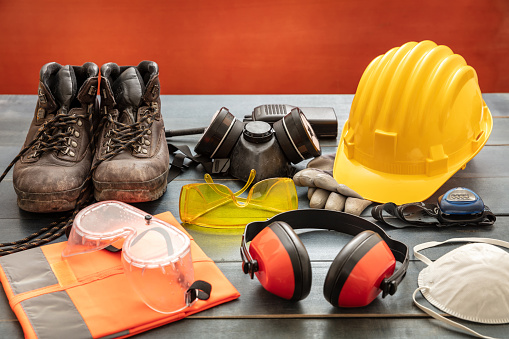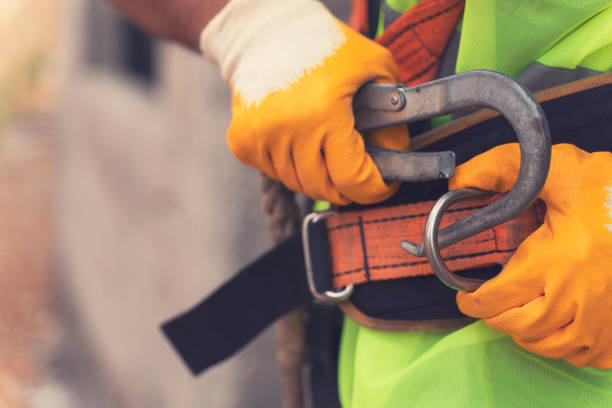Every business should be responsible for its own workplace safety. The health and safety of your employees cannot be managed and assisted by your employer, and one of the most important things is workplace safety and protection measures.
So, what does workplace safety include? Only by fully understanding the potential hazards can you take the right safety and protection measures. In this article, we'll provide business owners with reliable advice on workplace safety.
When working with electricity, the main dangers are
-Burns or electric shocks caused by energized parts
-Fire or arcing injuries caused by faulty equipment or electrical equipment
-Flammable dust/vapor ignited by static electricity or improper electrical equipment, causing an explosion
Electricity is one of the most dangerous elements in the workplace. The injuries they cause are often serious and can result in damage to both employee safety and business property. Therefore, safety measures should be taken for all work involving electricity. For example, employees should wear insulated gloves or safety shoes to avoid direct contact with energized equipment.

Fires require oxygen, a fuel source and an ignition source. And what makes fire a terrible potential hazard is that there are very many items in the workplace that can cause combustion. Fuels can be foam or rubber, plastic, paper, and wood, while ignition sources can be cigarettes, matches, electrical equipment, open flames, lighting, and anything else that can cause sparks or get very hot.
In most cases, however, fires can be prevented. With strict regulations and the right measures, the probability of a fire occurring can be reduced.
There are many different safety aspects to consider when using machines and equipment in the workplace.
Potential hazards that can be posed by machinery and equipment include
-Ejected material or moving parts that can strike a person and cause injury.
-Sharp, pointed edges can cause serious injuries and cuts
-Burns or burns may be caused by emissions, materials or very hot or cold parts of the machine
Machinery and equipment need to be properly maintained to remain safe for use. Workers also need to have adequate safety knowledge, which is usually acquired through safety training.
Industries such as engineering, demolition, construction or road maintenance are known for their noisy work. Workers exposed to noise in the workplace for long periods of time may experience permanent damage or even loss of hearing.
Noise at work can also cause communication problems and can reduce workers' awareness of their surroundings. These are all additional safety risks that also need to be addressed. The most common measure is to provide workers with hearing protection equipment, such as soundproof earmuffs and earplugs.

Working at height is one of the biggest causes of major injuries and fatalities in the workplace. Falls from heights are often fatal. To enhance safety in the workplace at height, it is necessary to ensure that strong, stable and appropriate protective equipment, such as safety harnesses and safety helmets, are available.
Safety equipment should also be checked before each use and maintained regularly. If it involves working on a ladder, be aware of the weight of the equipment you are carrying and do not overload it.
Providing workers with personal protective equipment is critical because safety systems still cannot completely eliminate all hazards in the workplace. PPE is the foundation of worker protection. All workers should also receive effective training on how to properly use the various types of equipment.
Copyright © Hebei Sinotools Industrial Co.,Ltd. All Rights Reserved | Powered by  Sitemap
Sitemap